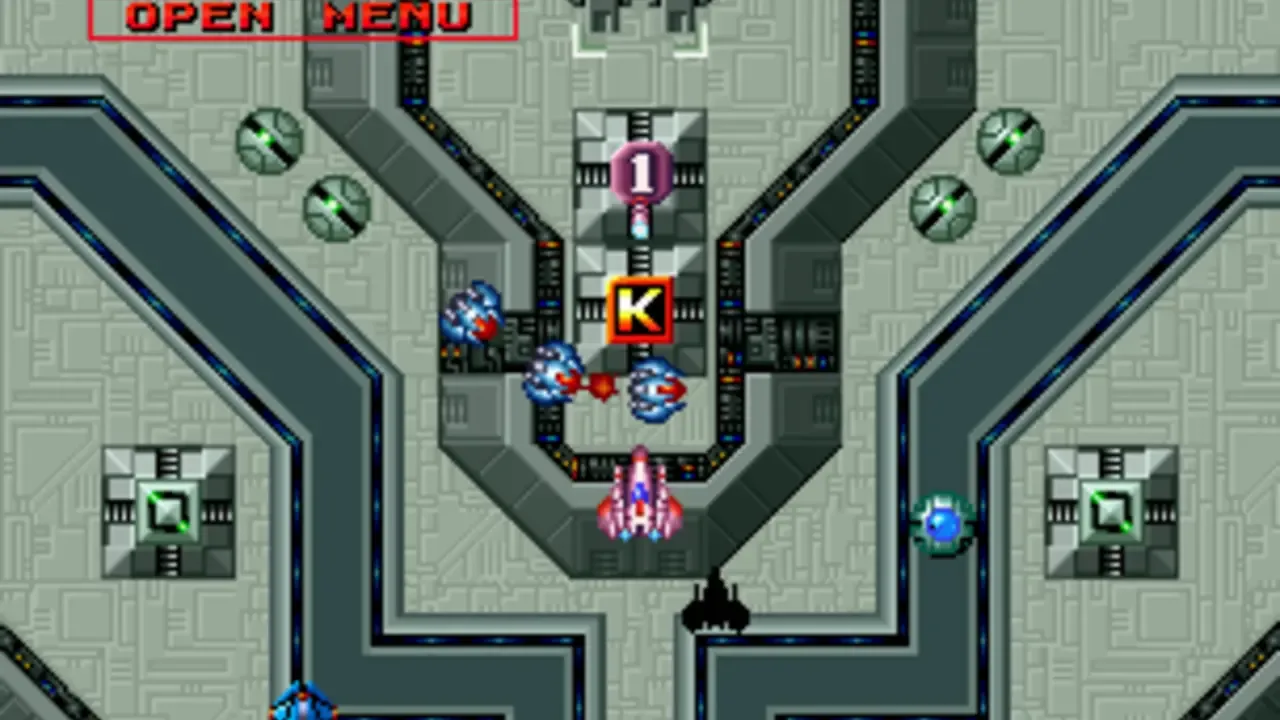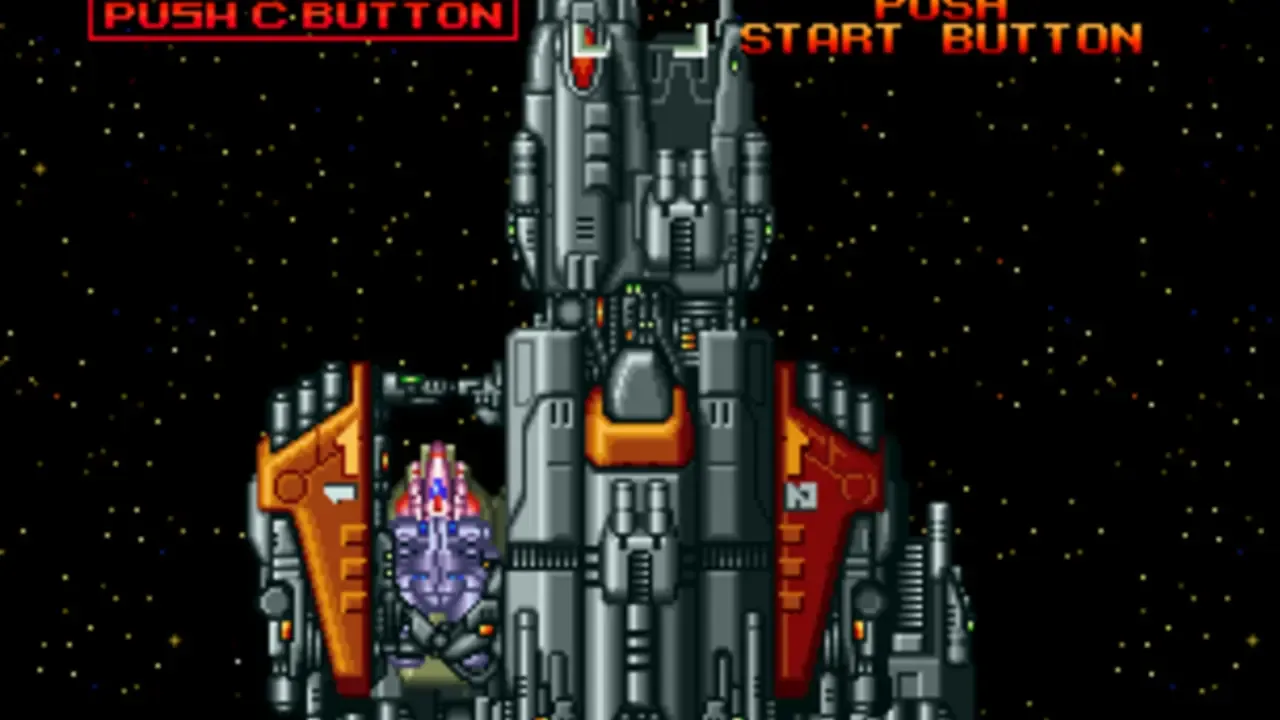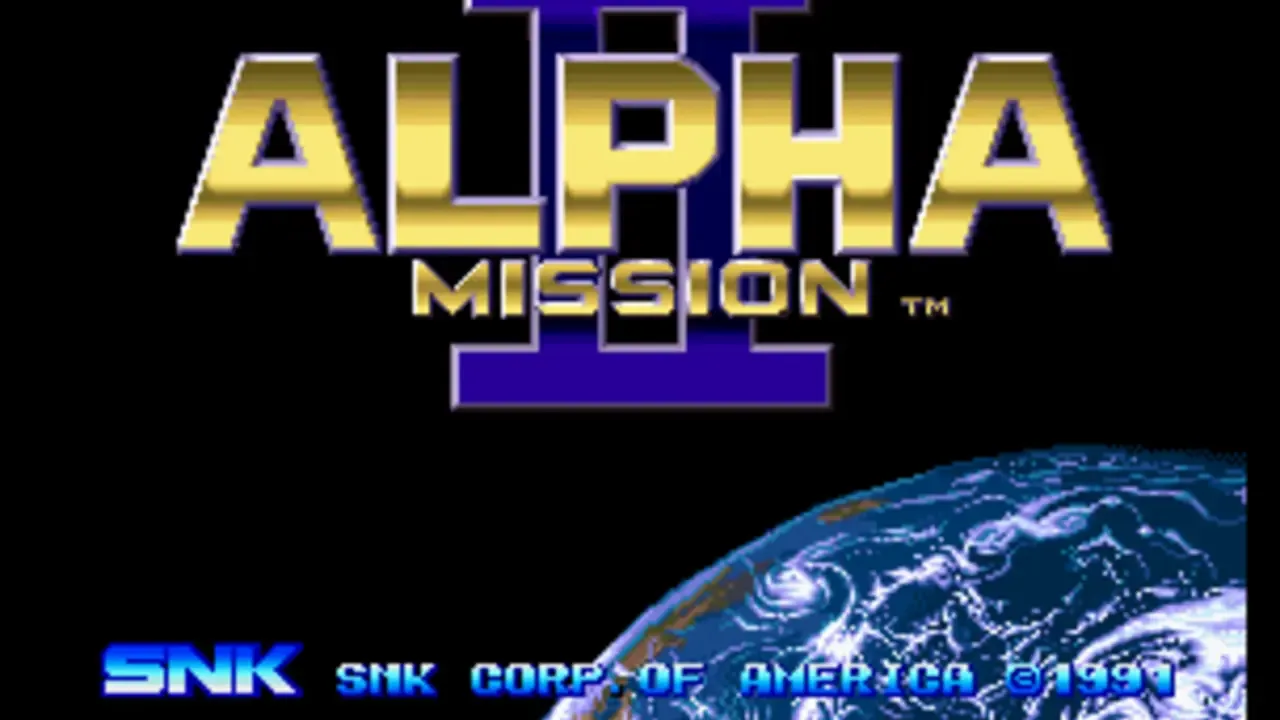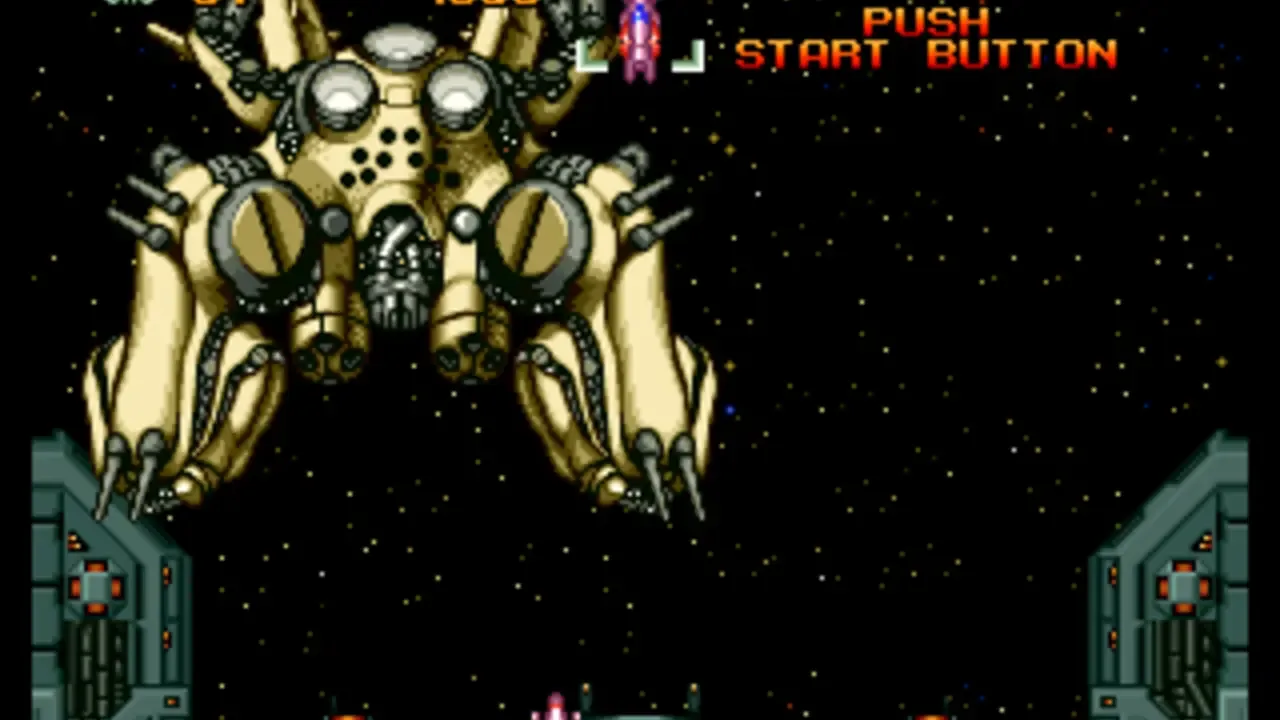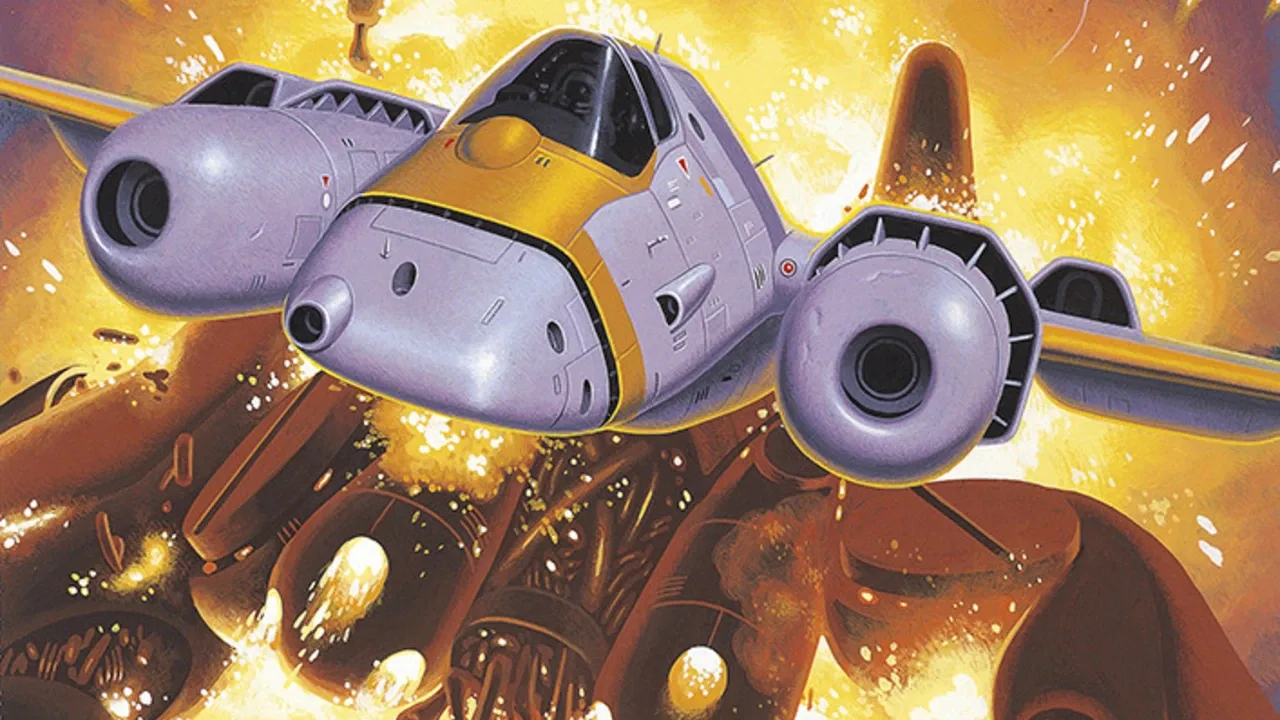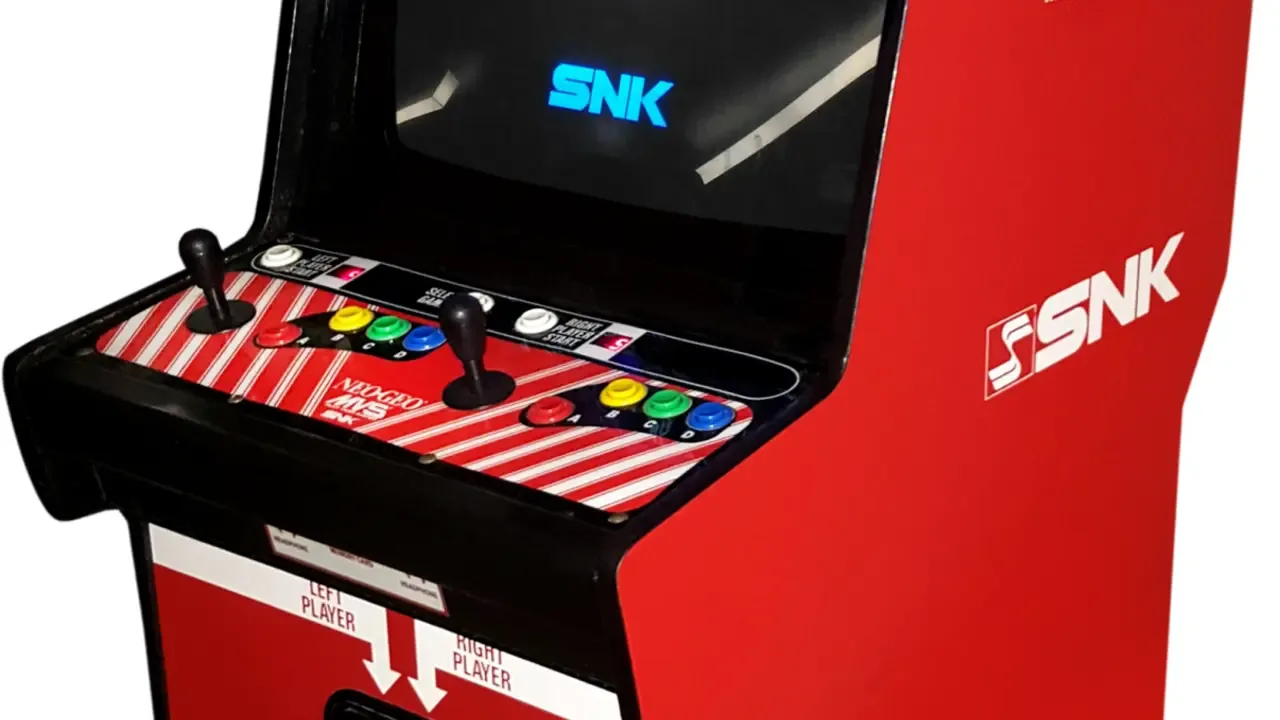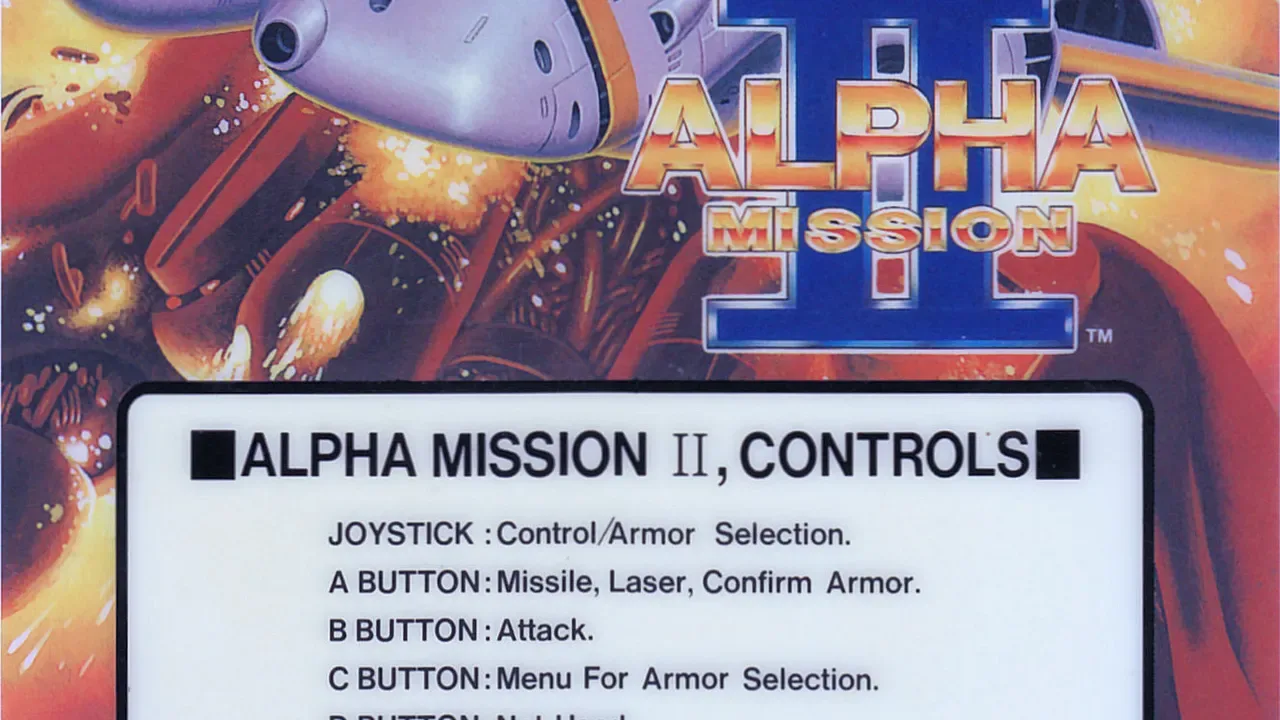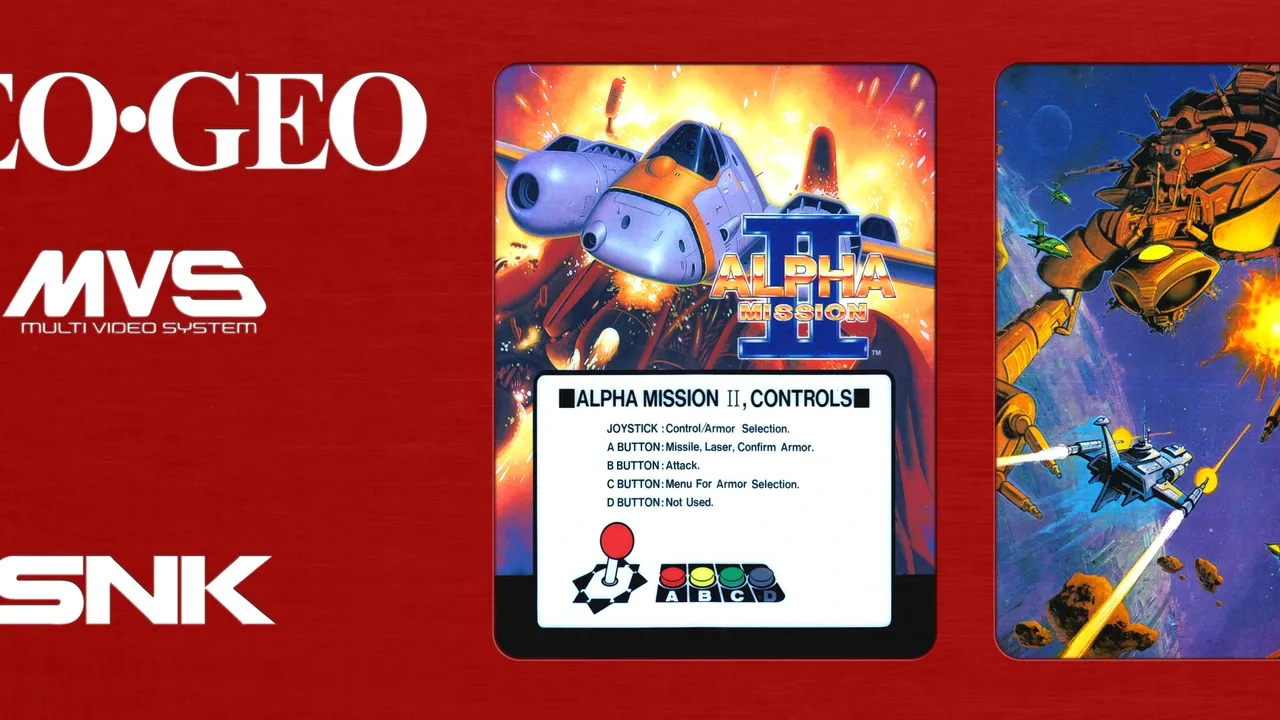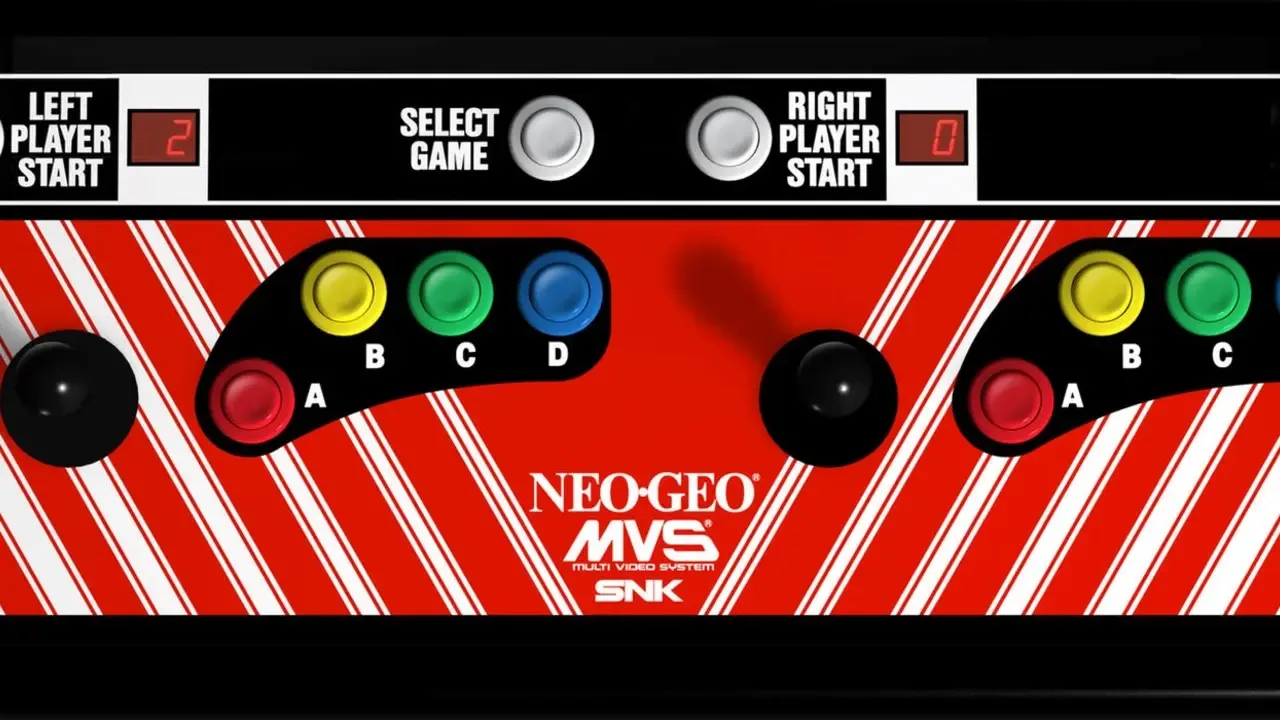Alpha Mission II
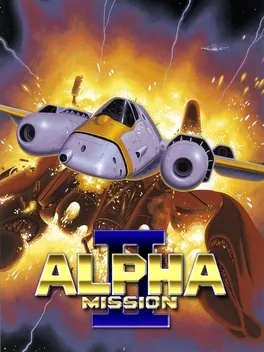
Buy
Part of collection:
Alpha Mission

Alpha Mission II is a 2D vertical scrolling shooter with a great deal of depth for two players moving vertically up the screen boards shooting anything that moves. Equip up to three pieces of armor, which also serve as weapons, for a variety of attacks such as the laser and flamethrower. Use them to defeat the evil “Fulvar” and save mankind!
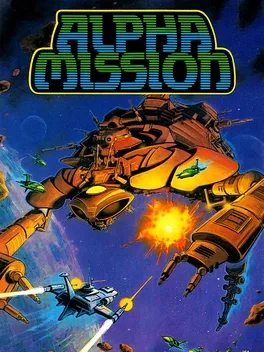
Alpha Mission was developed by SNK and G1M2 for the Famicom and Nintendo Entertainment System after success as an Arcade installation. It is a vertical scrolling shooter that has similarities to Xevious, with the use of air-to-air and air-to-ground weapons.
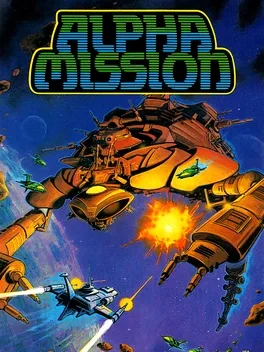
Alpha Mission is a vertical scrolling shooter that has similarities to Xevious, with the use of air-to-air and air-to-ground weapons.
Could be interesting
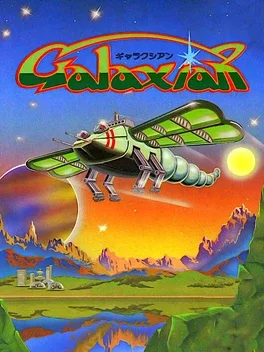
Galaxian is a shooter arcade game developed by Namco in 1979. It was released by Namco in Japan and a few months later by Midway Games in North America. The game was developed to compete with Taito Corporation's Space Invaders, released a year earlier, and featured a similar space theme. The player controls a space ship in the bottom part of the screen and shoots at enemies descending from the top of the screen. The game was received very well by the public and has continued to be a game with a competitive community to this day. It was followed by a successful sequel called Galaga in 1981 and two less known sequels called Gaplus in 1984 and Galaga '88 in 1987. Galaxian was one of the most popular games in the golden age of arcade video games.
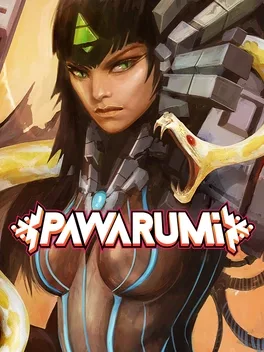
Pawarumi is a modern shoot’em up set in a retro futuristic sci-fi pre-Columbian universe. You’ll take control of the almighty ship Chukaru and its three unique weapons! Shoot wisely to either do double damage, heal yourself or charge your Super Attack!
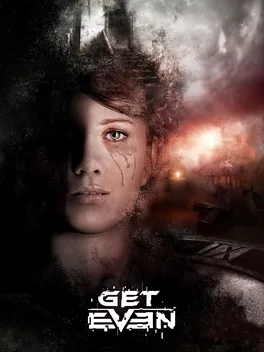
"Take a deep breath..." Try to remember: a girl, a chair, a bomb. Just keep... calm. Follow the voice into the depths of your memory. Relax... and search for the darkest memories in the deepest recesses of your mind. Can you find her? The clock is ticking... And this is just a part of the treatment.
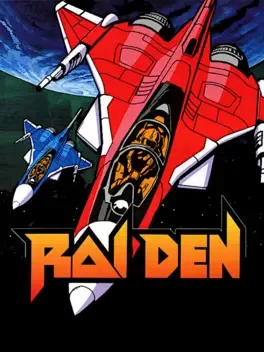
Raiden consists of eight vertical scrolling missions where the player maneuvers the Raiden craft dodging and destroying enemy robots, buildings, ground targets, and aircraft. There are bombs and missile powerups as well as collectable medals which add to the score. When player dies, the fighter's fragments become projectiles that damage enemies. After defeating the Stage 8 boss, the mission is completed, and player receives 1 million points for each completed loop. Afterwards, it will start back to Stage 1. This time around, enemies shoot faster and at a more rapid rate.
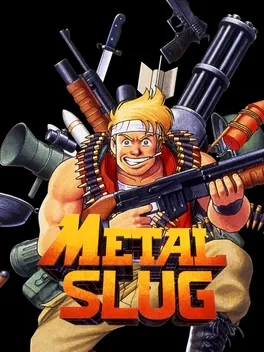
Metal Slug is a 1996 run and gun arcade video game originally developed by Nazca Corporation and released by SNK for the Neo Geo MVS. It is the first installment in the eponymous series. Set in 2028, players assume the role of Peregrine Falcon Strike Force soldiers Marco Rossi and Tarma Roving on a fight against the Rebel Army led by Donald Morden and overthrow his coup d'état to prevent a New World Order.
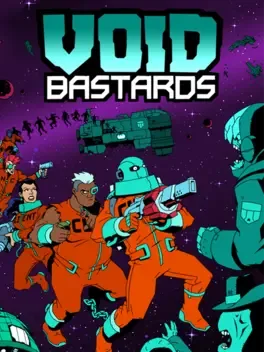
"Inspired by BioShock and System Shock 2, Void Bastards is a revolutionary new strategy-shooter that will test your wits as well as exercise your aim. Can you lead the misfit prisoners of the Void Ark through the derelict spaceships and myriad dangers of the Sargasso Nebula?"
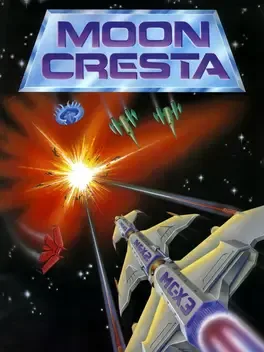
Moon Cresta is an arcade game released in 1980 by Nichibutsu. A moving starfield gives the impression of vertical scrolling, but the game is a fixed shooter in the vein of Namco's Galaxian. Incentive Software published a version of this arcade game for many 8-bit home computers of the time. Dempa also released a port of both Moon Cresta and Terra Cresta for the X68000. It was also released on the Wii Virtual Console in Japan on March 9, 2010 and PlayStation 4 (Arcade Archives) in 2014.
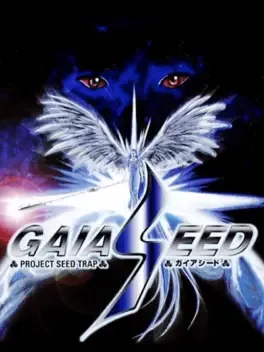
Gaia Seed is a horizontally scrolling shooter from Techno Soleil. The game comes from the fabulous line of classically-styled Japanese shoot 'em ups, bursting at the seams with parallax scrolling, screen-filling bosses and other classic effects that you could count on from the games of this era. But the real beauty of GaiaSeed lies in its subtlety. The game has tight control, precise bullet collision, and a simple powerup system, while the haunting soundtrack stands out for its techno/ambiance mood, adding to the subliminal nature of the work. You have a single ship choice and three difficulties. Gaming veterans will want to start on HARD, which differs only slightly if at all from NORMAL, and isn't particularly challenging anyway. You get two extra credits in NORMAL, for a total of 5, which is ample if you want to credit feed your way to the best ending. No one should touch EASY, since it limits you to reaching Stage 4. There are 7 stages with 3 possible endings, none of which are affected by credit usage. Power-ups consist of 2 main shots (RED and BLUE), 2 sub-weapons (YELLOW and GREEN), and an eIntense Shot' based on your main weapon which basically acts like a Power Bomb. Main weapons stack up to 3 times (RED: starts on 1 shot then 2, 3 and finally 4 shots), sub-weapons don't stack. Lose a ship and you lose your sub-weapon, while your main weapon goes down one level. BLUE is the Laser Shot, a straight line weapon with strong frontal attack which increases in thickness and power as you stack it. The laser's eintense shot' is a massive sausage of light cutting across the screen and wiping out all in its path. RED is Needle Shot. This is your typical V-shot weapon. Less powerful than BLUE, but when stacked 3 times has a wide ranging spread. The intense shot is a series of blue homing orbs target enemies and weak points on bosses, making this the best main weapon. GREEN is the Cipher Wave, the best sub-weapon since it fires four blobs which home in on enemies and can attack craft which are behind you, which is essential during boss fights. YELLOW is the Energy Blaster and acts like an additional V-shot weapon. Absolute rubbish. With such a simple weapons set most players will opt for a RED and GREEN combo for the game's duration. Which isn't a criticism. Gaia Seed doesn't distract you with superfluity; it's functional, with a focus on dodging and shooting. What's especially cool, and sets it apart from other shmups, is that both your health bar and Intense Shot bar are continuously recharging. This effectively gives you infinitely spawning power bombs and infinite health - but it doesn't break the game's balancing. Enemies frequently use screen-filling beam-based draining weapons, forcing you to let off a volley of shots and then scramble out of the beam's attack before your life is fully drained. With bosses this creates some intense battles of endurance - especially if you're trying to beat them by letting the timer run down (those are some pretty intense 120 seconds). After escaping a draining blast you can lick your wounds at the screen's edge, healing while avoiding bullet patterns. The patterns are fairly busy but without ever reaching danmaku levels of weaving. A slight comparison could be made to Deep Blue on the PC Engine, which had a recharging health bar and encouraged enemy avoidance (as pointed out by Mag Weasel). A mention must go to Gaia Seed's timed bosses. Defeating them by letting the timer reach zero doesn't do much during the main game apart from giving you a sense of accomplishment, but if you want to see the best ending you'll let the two final Stage 7 bosses' live. Visually almost everything is sprite based, though it varies in terms of quality. The first stage contains hundreds of massive though pixelated objects moving around, while the second has some interesting Mode 7 styled screen rotation effects. Stage 3 contains some decent parallax scrolling, though not as good as in Thunder Force IV. Subsequent levels are reasonable but without flair. The stand out element of Gaia Seed though has to be its soundtrack, which almost warrants download alone. It's extremely unconventional, being a blend of ambient music with chanting, classical music, hip-hop and thumping techno. Stage 2's track almost sounds as if it's been taken from Panzer Dragoon Saga. It's eclectic, strange, and very good. The sole composer was Xacs Ishikawa, also known as Naoto Ishikawa, a fairly obscure composer connected to works like Psyvariar and Touhou. Interestingly, he also collaborated with Harumi Shiina to remix Koji Endo's King's Field soundtrack, to create an album called Invitation to the Graveyard ~ King's Field I Arrange Collection.
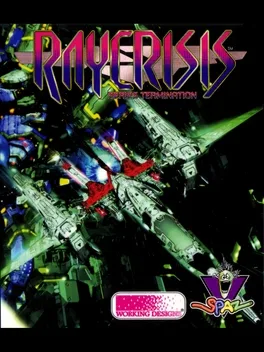
RayCrisis, known as RayCrisis: Series Termination in North America, is the third game released in the "Ray" series of Taito shooting games. Chronologically, it is considered a prequel to the first game, RayForce. First released for arcades in 1998, it supported co-op mode for two players, which the PlayStation ports released in 2000 lack; these ports are the only games in the "Ray" series to lack co-op.
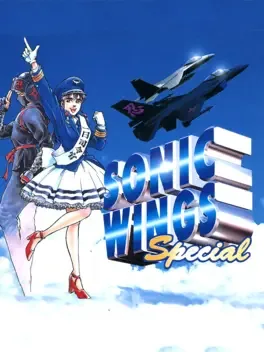
Sonic Wings Special is a 1996 vertical-scrolling shoot 'em up that combines the features in Sonic Wings, Sonic Wings 2, and Sonic Wings 3. It was ported to arcade as Sonic Wings Limited. The home console version adds new characters and endings, new bosses, updated graphics and unlockable planes. There are also Time Attack and 2-player modes. The game uses a branching stage system, so it is impossible to see all levels in one sitting. There is a total of 14 playable characters and many different endings (some of which are reused from previous games in the series). Overall the game has a comic feel. As of Summer 2012, the Android version of Sonic Wings Special has only 4 playable characters with 4 endings and 9 stages. However, the publisher is planning to add further elements of the original version.









